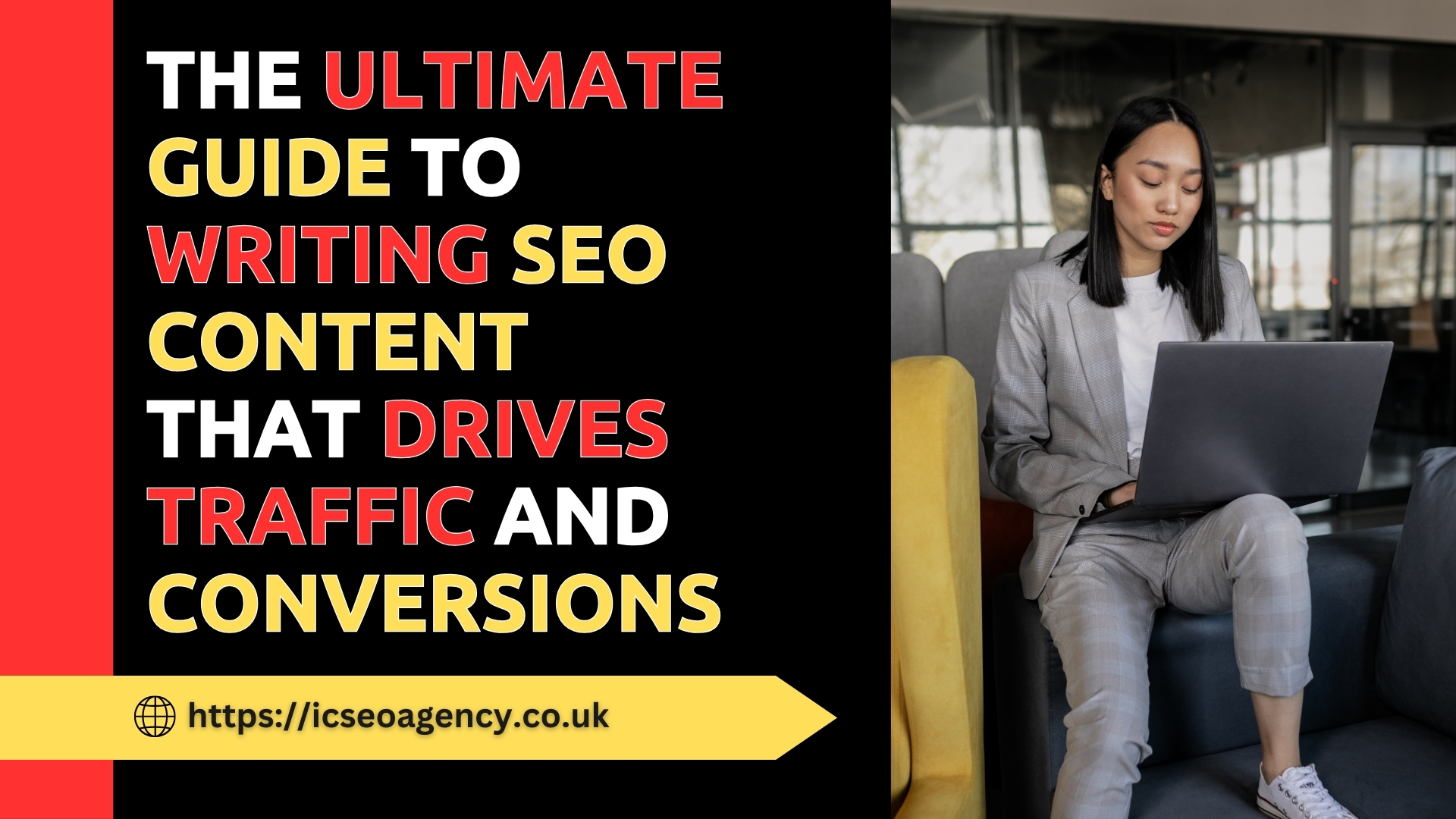
Creating SEO-friendly content that ranks high in search engine results and converts visitors into committed customers may transform any digital strategy. Whether you’re a seasoned content marketer or just getting started online, understanding how to create content that satisfies the expectations of both search engines and people is critical for success.
In this detailed guide, we will go over the step-by-step process of developing SEO-optimized content that not only drives traffic but also engages readers and motivates them to take action. Let’s get started.
The Importance of SEO-Friendly Content
Developing SEO-friendly content is the foundation of digital marketing. Search engines, such as Google, act as a link between your material and its intended audience. If your content is properly optimized, you will most likely attract a larger audience, improve your exposure, and achieve your business objectives.
Why It Matters for Rankings and Conversions
SEO-friendly content does more than just appear in search results; it also appears for the correct audience. When your content is properly optimized, it answers your target audience’s inquiries and meets their demands, increasing the likelihood that visitors will become subscribers, customers, or clients.
2. Understanding SEO-Friendly Content
What is SEO-Friendly Content?
SEO-friendly content satisfies both readers and search engines. It is written to be relevant, useful, and valuable to the audience, while also being structured and formatted so that search engines can comprehend and index it.
Balancing User Intent with Search Engine Requirements
The purpose of a search query is referred to as user intent. Matching your content to the user’s goal (informational, transactional, or navigational) is critical for optimizing search rankings and delivering a positive user experience.
3. Keyword Research: The Foundation of SEO Content
Identifying Primary and Secondary Keywords
Primary keywords are the main subject of your material, whilst secondary keywords are similar terms that complement the primary theme. For example, if your major keyword is “SEO content creation,” your secondary keywords could be “SEO tips,” “content marketing strategy,” or “on-page SEO.”
Utilizing Long-Tail Keywords for Better Reach
Long-tail keywords are phrases that are longer and more detailed, with a focus on specialist audiences. They are easy to rank for and frequently yield higher conversion rates. For example, “how to create SEO content for beginners” is a long-tail keyword that addresses a specific demand and user demographic.
Tools to Simplify Keyword Research
Several tools can help simplify the keyword study process:
- Google Keyword Planner: Great for discovering search volumes and competition levels.
- Ahrefs and SEMrush: Powerful platforms for finding keyword ideas and analyzing competitors.
- Answer the Public: Useful for discovering common questions related to your topic.
4. Structuring Your Content for SEO
Optimizing Title Tags and Meta Descriptions
The title tag and meta description are the first items consumers see on the search engine results page (SERP). Make sure your title is interesting and contains your major keyword. The meta description should be a brief synopsis of your content that will entice users to click on your link.
Using Headers (H1, H2, H3, etc.) Effectively
Headers are essential for structuring text and increasing readability. Use H1 for the main title, H2 for important sections, and H3 for subsections. This hierarchy helps search engines grasp your content’s structure and makes it easier for visitors to skim.
The Role of URL Structure in SEO
The URL structure should be simple, concise, and contain your major keyword. Avoid utilizing extraneous words, and make the URL easy to understand for both humans and search engines.
5. Crafting High-Quality Content
Why Quality Matters More Than Quantity
High-quality content responds comprehensively to your audience’s needs and questions. It’s preferable to have one in-depth article on a topic rather than several short, cursory ones. Quality material is also more likely to be shared and linked to, so increasing its authority and rating.
Writing for Readability: Short Sentences and Paragraphs
People tend to scan stuff online rather than read it word for word. Break your information down into small paragraphs, add bullet points, and emphasize crucial topics to make it more readable and engaging.
The Power of Internal and External Linking
Internal linking allows search engines to better comprehend your website’s structure and keeps users interested. External linking to credible sites boosts your content’s authority and reliability.
6. Creating Content That Converts
Understanding Your Audience’s Pain Points
Understanding your audience’s requirements and challenges is essential for generating conversion-oriented content. Surveys, feedback, and analytics tools can assist you determine what your target audience is looking for.
Crafting Compelling CTAs (Calls to Action)
A compelling call to action (CTA) encourages your audience to take the next step, whether it’s signing up for a newsletter, downloading a resource, or purchasing. Use action-oriented language to communicate a sense of urgency.
Leveraging Emotional Triggers for Better Engagement
Emotions drive action. Use emotional triggers such as curiosity, excitement, or fear of missing out (FOMO) to make your content more convincing and engaging.
7. On-Page SEO Optimization Techniques
Using Keywords Naturally and Strategically
Avoid keyword stuffing, which might result in penalties from search engines. Instead, use keywords throughout your material, including the introduction, headers, and conclusion.
Optimizing Images with Alt Text and Titles
Alt text helps search engines understand the content of your photographs. To improve picture SEO, write descriptive alt text with relevant keywords and utilize optimized image titles.
The Importance of Mobile-Friendly Content
With an increasing number of users accessing the web via mobile devices, it is critical to ensure that your content is mobile-responsive. Use flexible design and test your website’s accessibility on different devices.
Conclusion
Creating SEO-friendly content that ranks and converts takes a planned approach. Begin by completing extensive keyword research, writing high-quality content that meets user intent, and adhering to on-page SEO best practices. Understanding your audience’s demands and delivering helpful information allows you to develop content that not only ranks well but also drives meaningful interaction and conversions.
Read More: Link Building Strategies That Work in 2024
